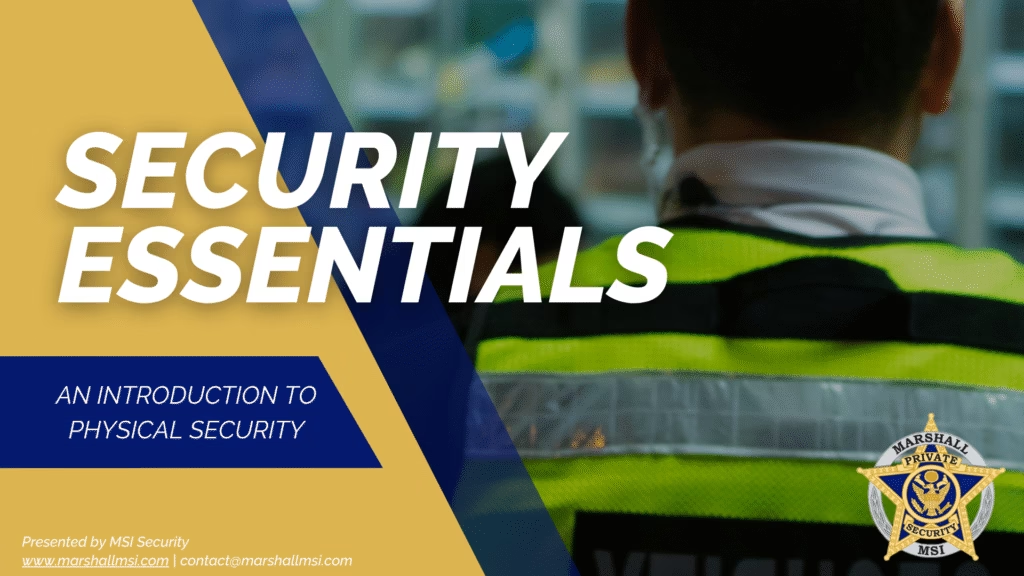
Understanding the Three Core Types of Security — And How They Work Together
When it comes to protecting your property, people, and assets, security isn’t just a single line of defense — it’s a layered system. Whether you manage a small business, multi-unit property, or a large facility, understanding the three main types of security can help you create a safer, more efficient environment.
Below, we’ll explore smart security, security hardware, and manned security, and show how each plays a crucial role in building a comprehensive security system.
1. Smart Security
Smart security uses modern technology — like cameras, sensors, alarms, and automated locks — to provide real-time monitoring and remote control of your property.
Common tools include surveillance and thermal cameras, motion sensors and smart lighting, access control systems and smart locks.
Because these systems can operate 24/7, they fill coverage gaps that personnel alone can’t cover. Smart technology doesn’t just detect issues — it helps prevent incidents before they escalate. Plus, with the ability to monitor systems remotely, businesses can enhance security without dramatically increasing staffing needs.
2. Security Hardware
While technology is powerful, nothing replaces a strong physical foundation. Security hardware focuses on tangible, non-digital tools designed to deter unauthorized access and create physical barriers.
Examples include fencing, gates, and reinforced doors, padlocks and deadbolts, window locks and flood lighting.
Hardware is reliable, cost-effective, and often the first visible deterrent to unwanted activity. Beyond preventing intrusion, it can also support smart systems — for example, lighting can improve camera visibility, while gates can control how people and vehicles move throughout a property.
3. Manned Security
Even the most advanced system can’t match the judgment, adaptability, and presence of trained security personnel. That’s where MSI Security comes in.
Manned security involves professional officers who provide real-time response, visibility, and peace of mind.
Capabilities can include foot patrols and access control, surveillance system monitoring, crowd and traffic management, and marked or unmarked vehicle patrols.
Security officers act as both a visible deterrent and a responsive force — ready to act when systems detect an issue or when something unexpected occurs. Their presence provides confidence to staff, visitors, and residents alike.
How These Three Layers Work Together
The strongest security programs don’t rely on a single tool — they combine all three layers to create a cohesive, adaptive ecosystem.
- Smart systems monitor continuously and trigger alerts.
- Hardware establishes clear boundaries and slows down threats.
- Manned security responds, adapts, and provides expert judgment.
When integrated correctly, these layers enhance one another — creating a seamless approach to security that is both proactive and responsive.
That’s why at MSI Security, we design full-scope protection plans that bring people, technology, and infrastructure together. Our veteran-led team provides expert security personnel and strategic consulting to ensure your operation stays ahead of potential threats.
